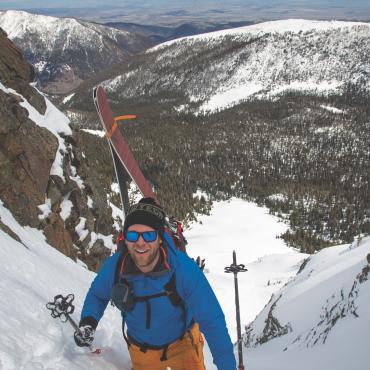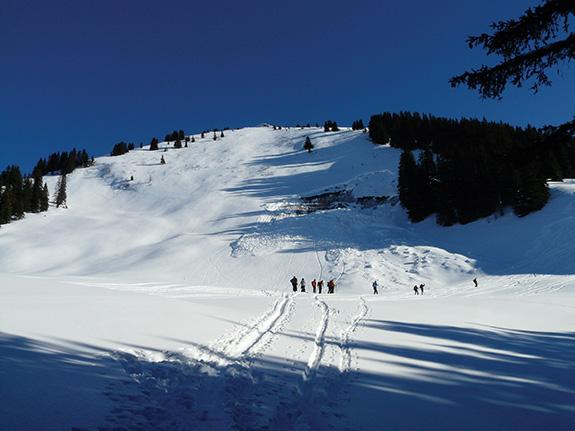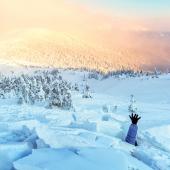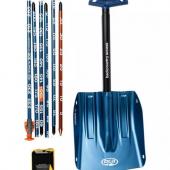Riding & Sliding
Early-season avalanche safety.
Early-season ski stoke is real. The first big snow of the year always lights a fire, and people just can’t wait to get out. Locally, places like Fairy Lake are routinely mobbed with over-excited September, October, and November skiers and snowboarders. And why not? At the first light dusting, social media is awash with images of waist-deep snow and steep skiing. Nevermind that these photos are taken on the only skiable section of a massive drift located at 10,000 feet, on the lee side of a ridge, on a north aspect, with only a little shoveling necessary—ski season is here, baby! If you’re not getting out, you’re missing out; at least, it’s easy to feel that way.
But as fun as getting psyched on skiing can be, people are hitting more serious terrain (with more serious consequences) earlier than ever. In recent years, human-triggered avalanches have been routinely reported before December, and as early as September.
A few years ago, there was an avalanche fatality on October 7, on Imp Peak in the Madison Range. The victim was an experienced and educated backcountry skier. But she and her partner were approaching Imp’s north couloir—a serious wilderness ski objective that’s most often skied in the spring with a fat, stable snowpack. It was an unconventional ski objective for early October, and a tragic case study in potential early-season avalanche danger. Here are some things to keep in mind this fall, before you put yourself into serious avalanche terrain.
Enough to Ride, Enough to Slide
If the snow’s deep enough for you to make turns, it’s deep enough to produce avalanches. A shallow snowpack also tends to be a weak snowpack, and early in the season the only skiable areas tend to be wind-loaded. Wind load equals wind slab. Use caution and investigate the snowpack the same way you would midwinter.
Consequences Are High
Even if that gully in Sacagawea bowl looks fat and primed for turns, take a look at the run-out and flanks of the slope. Sharp, exposed talus? Stumps or deadfall? Water features? These can all amplify the consequences of even a small slide. Early-season slides can produce gruesome trauma. Imagine the worst-case scenario before you drop in.
Bring Appropriate Gear
Always carry and use the necessary backcountry gear: beacon, shovel, and probe. In the October Imp Peak avalanche, the victim had her beacon in her backpack rather than on her body, and it was turned off—it might have saved her life had it been worn and used properly. Replace the batteries in your beacon and check your probe and shovel for smooth assembly. And don’t just carry this equipment—practice with it.
Drew Pogge is the owner and lead guide at Big Sky Backcountry Guides and the Bell Lake Yurt.













